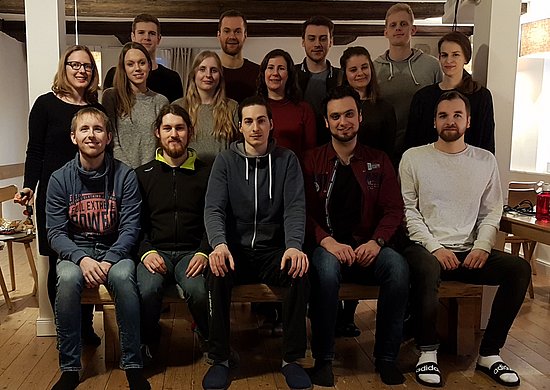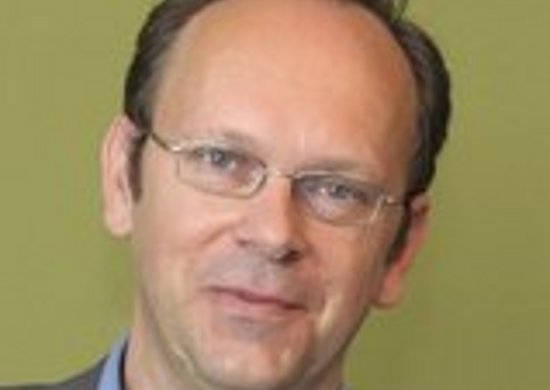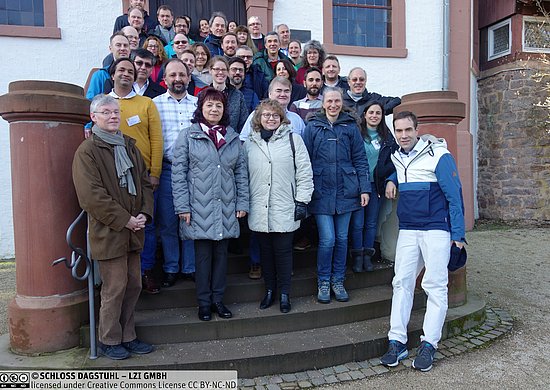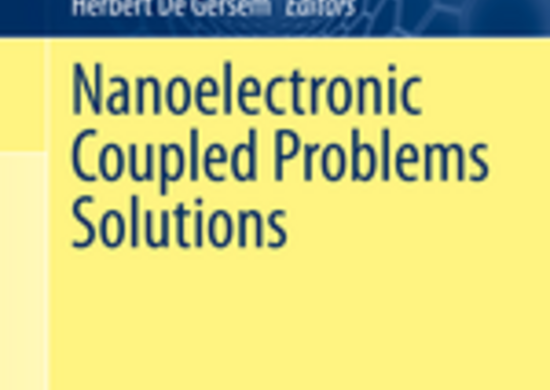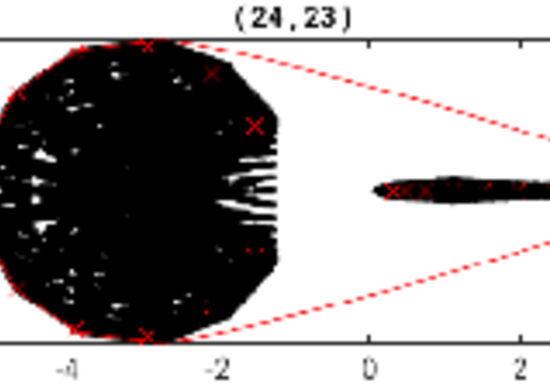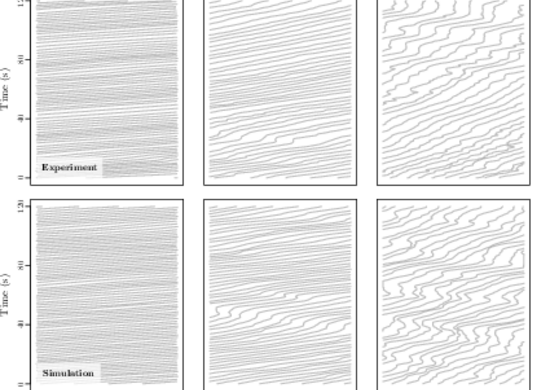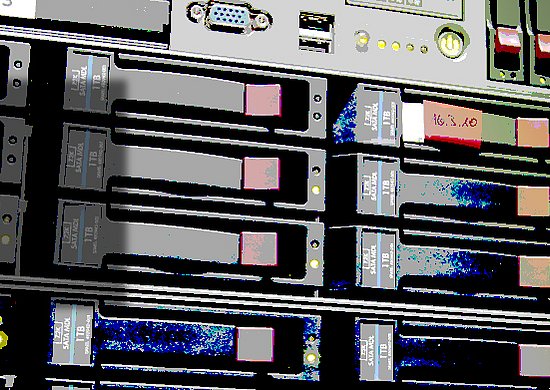
SIAM Student Chapter Wuppertal
Doctoral students in applied mathematics started a SIAM Student Chapter at the University of Wuppertal. The aim of the SIAM Student Chapter Wuppertal is to unite both graduate and undergraduate students with an interest in computational and applied mathematics. The chapter organizes local meetings on subjects of interest, including seminars by students and faculty of the University of Wuppertal, as well as invited speakers from other institutions, excursions to industry sites, and workshops on different topics in applied mathematics and beyond. The Society for Industrial and Applied Mathematics (SIAM) provides funds to support activities of the student chapter.
Website of the SIAM Student Chapter Wuppertal: https://siamchapter.uni-wuppertal.de
SIAM Student Chapter Wuppertal



